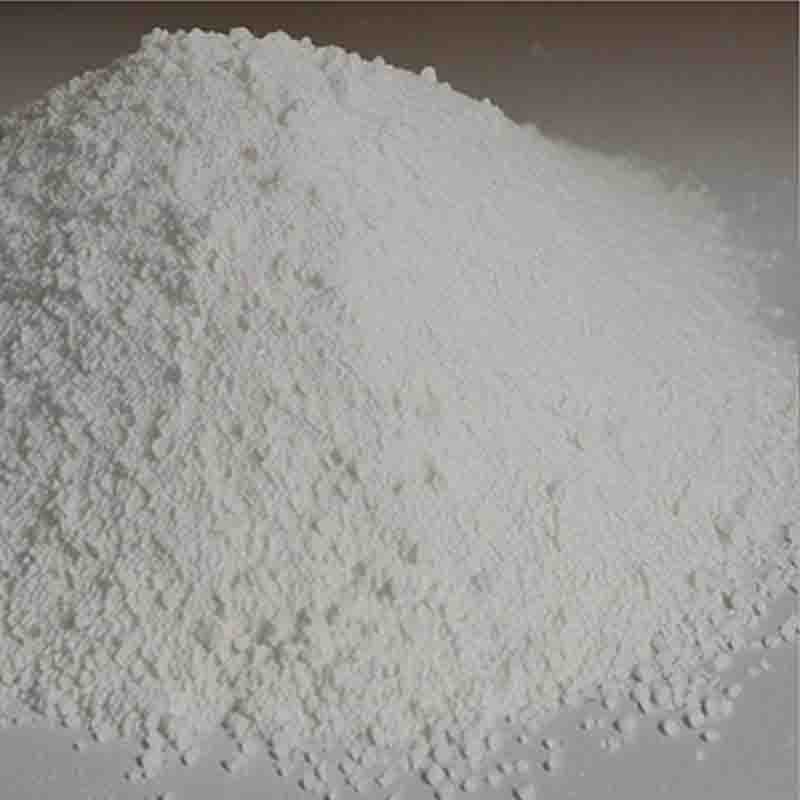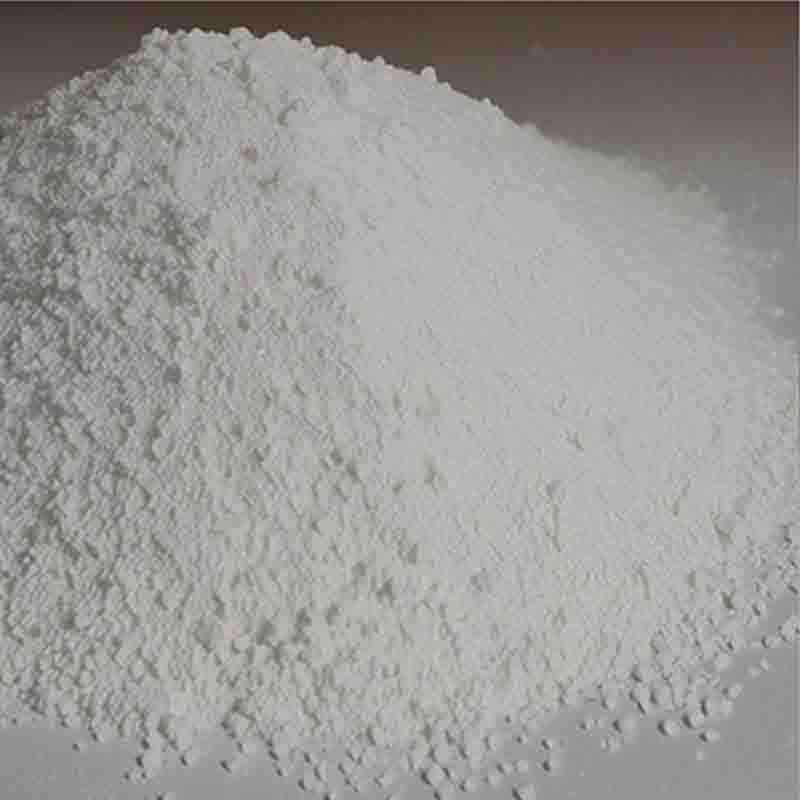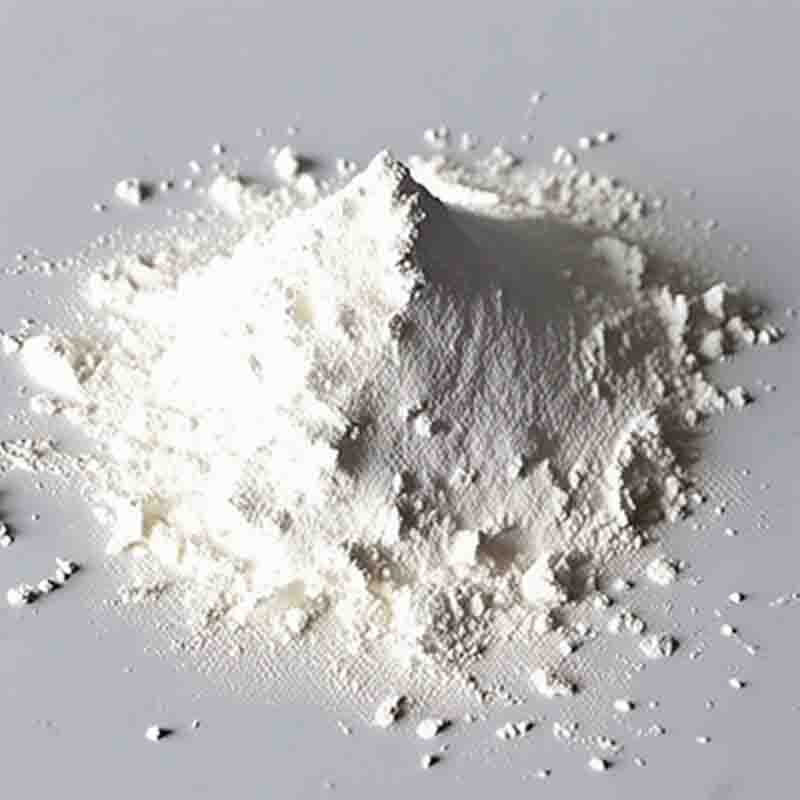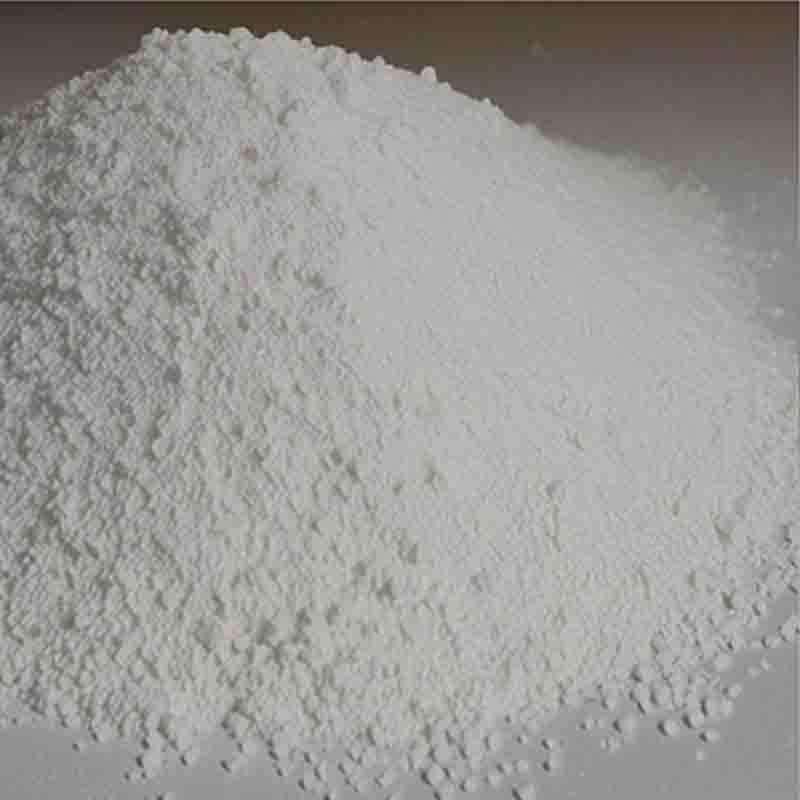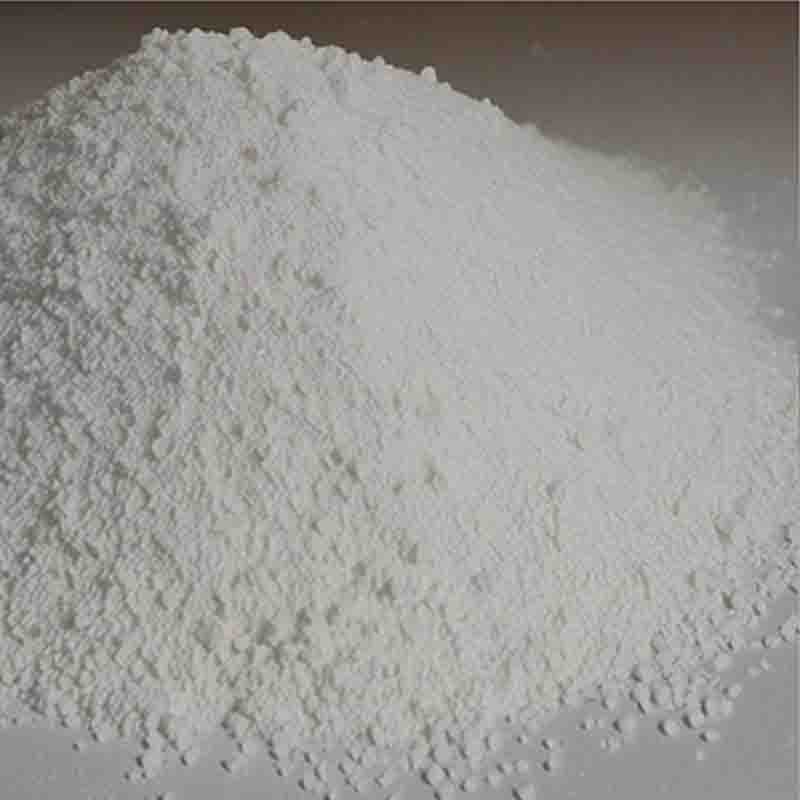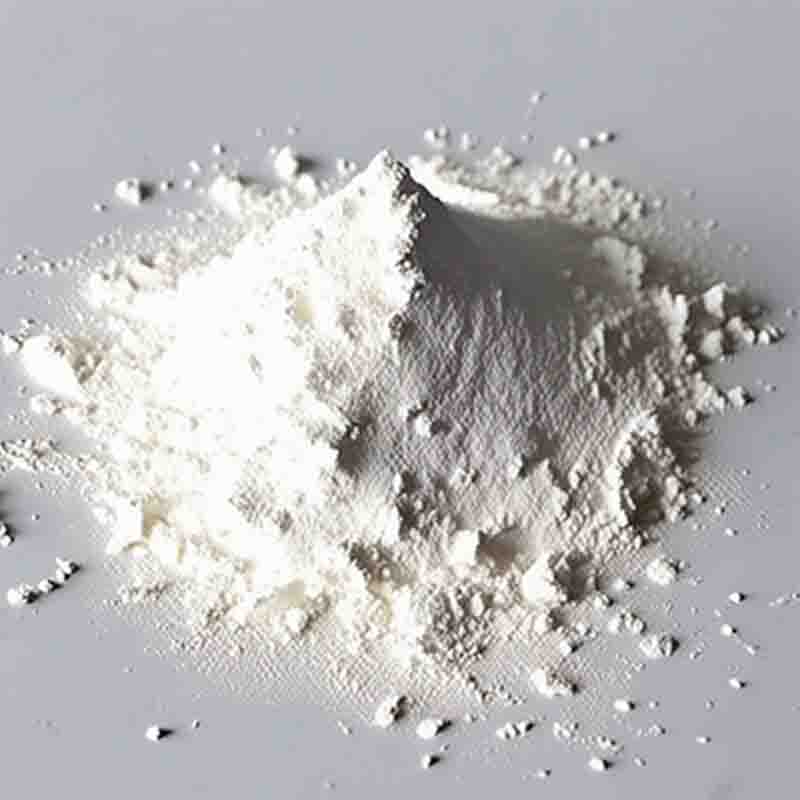1,1 bis(di-isopropylphosphine)ferrocene palladium dichloride CAS: 215788-65-1
| Catalog Number | XD94477 |
| Product Name | 1,1 bis(di-isopropylphosphine)ferrocene palladium dichloride |
| CAS | 215788-65-1 |
| Molecular Formula | C22H30Cl2FeP2Pd |
| Molecular Weight | 589.59 |
| Storage Details | Ambient |
Product Specification
| Appearance | White powder |
| Assay | 99% min |
1,1 bis(di-isopropylphosphine)ferrocene palladium dichloride, also known as di-ferrocenyl-di-isopropylphosphine palladium(II) dichloride, is a chemical compound that contains a palladium atom coordinated by two chloride ligands and two di-isopropylphosphine ferrocene ligands. This complex has gained attention for its use as a catalyst in various organic transformations.This compound is primarily used as a catalyst in transition metal-catalyzed reactions. The presence of the ferrocene ligand in the complex imparts stability and improved catalytic activity. The di-isopropylphosphine ligands act as strong sigma donors, effectively activating the palladium center for various catalytic processes.One of the key applications of this compound is in cross-coupling reactions, specifically within the Suzuki-Miyaura reaction. The Suzuki-Miyaura reaction is a powerful tool in organic synthesis that enables the formation of carbon-carbon bonds. The di-ferrocenyl-di-isopropylphosphine palladium(II) dichloride catalyst facilitates the coupling of arylboronic acids with aryl or vinyl halides, leading to the creation of valuable products such as pharmaceuticals, agrochemicals, and materials.Moreover, this compound is also employed in the Heck reaction, another important carbon-carbon bond-forming reaction. The Heck reaction enables the coupling of aryl or vinyl halides with olefins, providing a versatile route for the synthesis of complex organic molecules. By utilizing di-ferrocenyl-di-isopropylphosphine palladium(II) dichloride as a catalyst in the Heck reaction, chemists can selectively and efficiently construct carbon-carbon bonds, enhancing the synthetic efficiency of target compounds.Additionally, this catalyst is used in other palladium-catalyzed transformations, including the Buchwald-Hartwig amination and Sonogashira reactions. The Buchwald-Hartwig amination enables the direct formation of carbon-nitrogen bonds, while the Sonogashira reaction allows for the synthesis of alkynes through the coupling of aryl or vinyl halides with terminal alkynes. In both cases, di-ferrocenyl-di-isopropylphosphine palladium(II) dichloride plays a crucial role in promoting the desired reactions and achieving high yields of the desired products.Overall, di-ferrocenyl-di-isopropylphosphine palladium(II) dichloride is a valuable catalyst in various transition metal-catalyzed reactions. Its ability to activate palladium and facilitate carbon-carbon and carbon-heteroatom bond formations makes it a versatile tool in organic synthesis. Its application in the Suzuki-Miyaura, Heck, Buchwald-Hartwig, and Sonogashira reactions, among others, highlights its significance in the development of efficient and sustainable synthetic methodologies, enabling the synthesis of complex molecules for various applications in pharmaceuticals, agrochemicals, and materials science.


